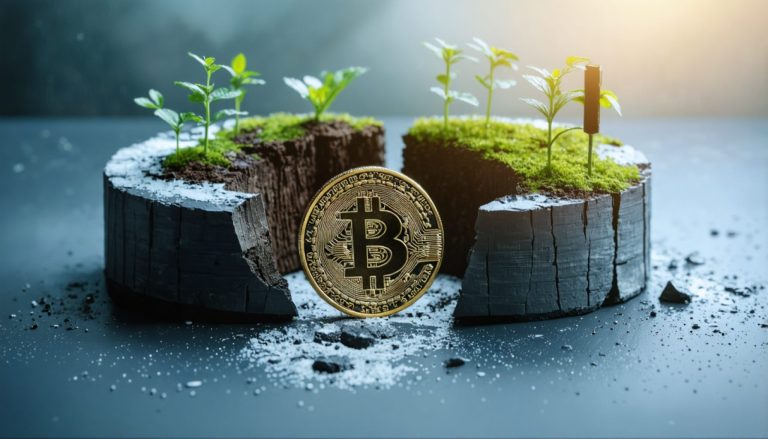The solar industry is witnessing a shocking financial shift. Solar module prices dropped to remarkable lows, marking a pivotal change for the future of renewable energy.
In early January 2024, mainstream solar module prices reached approximately $0.15/W, driven by an oversupplied market. Notably, advanced tunnel oxide passivated contact (TOPCon) products were reported as low as $0.087/W later in November. Even though lower prices typically boost demand, the market’s saturation has led to significant hesitation among buyers, who fear stock obsolescence due to rapid technological advances.
Tariffs and trade restrictions, particularly affecting products entering the U.S. and Indian markets, are complicating the situation further. As countries endeavor to enhance their aging energy infrastructures, they face delays attributed to a lack of essential equipment, such as transformers.
Looking ahead, industry analysts expect modest increases in global solar demand in 2025, although ongoing oversupply may lead to a wave of bankruptcies among smaller distributors and installers. Larger manufacturers are expected to endure, while tier 2 and tier 3 producers might face severe hardships.
In a bid to diversify manufacturing capabilities, India is projected to ramp up its solar module production to 65 GW annually by 2024, aiming for exports—albeit primarily to the U.S. The U.S. Inflation Reduction Act is anticipated to inspire considerable growth within domestic manufacturing, creating a robust landscape for the future of solar energy.
Solar Industry Takes a Turn: What You Need to Know About the Latest Financial Shifts and Future Trends
Understanding the Current State of the Solar Industry
The solar industry is currently undergoing a profound financial transformation. With solar module prices experiencing a dramatic decline, the landscape of renewable energy is shifting. As of early January 2024, mainstream solar module prices have plummeted to approximately $0.15/W, an unprecedented low driven by an oversupplied market. This reduction is particularly noteworthy for advanced technologies—by November 2024, prices for advanced tunnel oxide passivated contact (TOPCon) products fell to as low as $0.087/W.
Market Dynamics: Demand vs. Supply
Despite the attractive pricing, the market faces unique challenges. Typically, lower prices would stimulate demand; however, the saturation of the market has created hesitation among potential buyers. Many are concerned about the risk of stock obsolescence due to the rapid pace of technological advancements. Therefore, the interplay between price drops and demand is complicated, leading to an uncertain market climate.
Trade Implications and Infrastructure Challenges
Tariffs and trade restrictions are compounding the complexities within the global solar market, especially affecting products imported into the U.S. and Indian markets. These trade barriers are proving detrimental as countries work to modernize their aging energy infrastructures but are hindered by a shortage of essential equipment, such as transformers, which are crucial for solar energy deployment.
Future Projections for Solar Demand
Looking forward, industry analysts predict modest increases in global solar demand by 2025. However, the ongoing oversupply condition could precipitate a wave of bankruptcies among smaller distributors and installers. While larger manufacturers are better positioned to weather these challenges, tier 2 and tier 3 producers may face significant hardships that could reshape the competitive landscape.
India’s Growing Role in Solar Production
India is making significant strides in the solar sector, with ambitions to ramp up its solar module production capacity to 65 GW annually by the end of 2024. This initiative is primarily aimed at enhancing export capabilities, particularly to the United States. The recent U.S. Inflation Reduction Act is expected to catalyze domestic manufacturing growth, creating a more robust and diverse solar energy sector.
Key Takeaways and Insights
– Price Dynamics: Solar module prices are at historic lows, with potential long-term implications for the market.
– Demand Challenges: Despite low prices, market saturation is leading to hesitance among buyers over fears of technological obsolescence.
– Trade Barriers and Infrastructure Delays: Import restrictions are creating challenges for countries trying to upgrade their solar energy capabilities.
– Projected Growth: Modest demand growth is expected, but smaller players may not survive due to oversupply.
– India’s Expansion: A significant increase in solar module production capacity in India could position the country as a crucial player in the global solar market.
Sustainability and Future Innovations
As the solar industry navigates these rapid changes, the emphasis on sustainability and innovation will remain critical. The shift towards more advanced technologies, alongside global efforts to reduce carbon footprints, indicates a movement towards a greener economy.
For more information about solar energy trends and innovations, visit SEIA.



